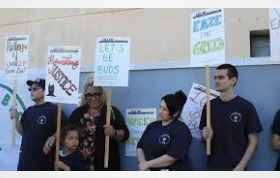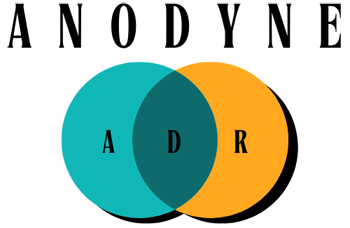Nebraska’s Lincoln Journal Star reports
One of 10 growers granted hemp licenses this year from the Nebraska Department of Agriculture was forced to shred their crop Nov. 26 because of the too-high THC level it produced.
The licensed growers, Justin and Hilari Courtney, are from Richardson County.
The department reported that of the other nine licensees, six completed the harvest, one did not plant a crop this year, one donated the plants to a university to finish the project and one was given an extension to finish up.
The Richardson County growers grew a crop focusing on hemp that produces CBD oil near Rulo in southeastern Nebraska, and also farm in Kansas and Missouri. The family also has a hemp permit in Kansas.
The second sampling, Kamm said, showed one sample at 0.496% THC, and the other at 0.38% THC. The legal limit is 0.3% or lower.
The department ordered the destruction of the crop and staff was present Nov. 26 when the growers shredded it, Kamm said.
Johansen said the family spent hundreds of hours on the crop and made some mistakes it will never make again. He said when a crop is nearing harvest, and the THC is increasing as the oil content is getting higher, it needs to be tested one to three times a week. Testing is more limited and much more expensive with the Nebraska department, he said.
“It was an excellent crop. It was beautiful,” he said. “But it is what it is. … And today’s another day and I have to worry about today and tomorrow.”
CBD seeds can cost upward of $5 a seed, but the department would not allow the family to keep the seed produced, even though it contains no THC, Johansen said.
He said the family had tens of thousands of dollars in the crop, for planters, seed, plastic, irrigation, hose and other elements. The family had participated in the hemp program for a source of income. It has 1,600 acres of farmland under water from this year’s flooding, and is working 14 to 15 hours a day to survive that, he said.

The growers had changed the soil and the plants needed time to destress before moving to the next stage, between vegetation and flowering, Wiles said. The crop is progressing well.
Licensee Allan Jenkins, from Buffalo County and a University of Nebraska at Kearney economics professor, donated about 20 of his high-CBD plants to Doane University, and destroyed about 184 that were left.
Doane has a hemp certification program, with online classes for people who want to learn how to grow hemp, process, market and develop products.
It was the middle of July before he and the others working with him got authorization to participate in the program, so by the time they planted, the thousands of naturally growing hemp plants were already starting to mature. They were not going to be able to keep them from being pollinated, he said. And the seeds would have had no commercial value.
He planted the hemp in a farm building, but not one that was completely air-filtrated and light-controlled.
“We just chalked it up as, ‘Well we learned some things about how to grow it,’ and we’ll see what the future holds,” Jenkins said. “I’m not a one-and-done kind of person. … We do plan on applying for another cultivation license.”
Getting started earlier will help, he said.
A 2020 Nebraska hemp plan is apparently in the works.
The 2018 farm bill legalized the production of hemp as an agricultural commodity while removing it from the list of controlled substances. And on Oct. 29, the USDA released its interim final rule for regulations establishing a domestic hemp production program, based on that 2018 bill.
An email sent Dec. 2 from the Nebraska Department of Agriculture said it plans to submit a state plan to the USDA before Dec. 31, the deadline imposed by the Nebraska Hemp Farming Act. The USDA will then have 60 days to approve it or suggest changes.
If approved, the department said, it will issue applications for 2020 shortly after that.
The department is also seeking applicants for regulatory hemp testing for 2020, the email said.

















